Introduction
Open fractures have a wound in continuity with the fracture, providing the opportunity for organisms to enter, thus all open fractures carry the risk of infection. The Gustilo-Anderson classification is the most commonly used system for classifying open fractures. The purpose is to provide a prognostic framework, guide treatment and facilitate research.
Classification System
| Classification | Description | |
|---|---|---|
| Type I | An open fracture with a wound which is a. < 1cm b. clean. Infection rate: 0-2% | 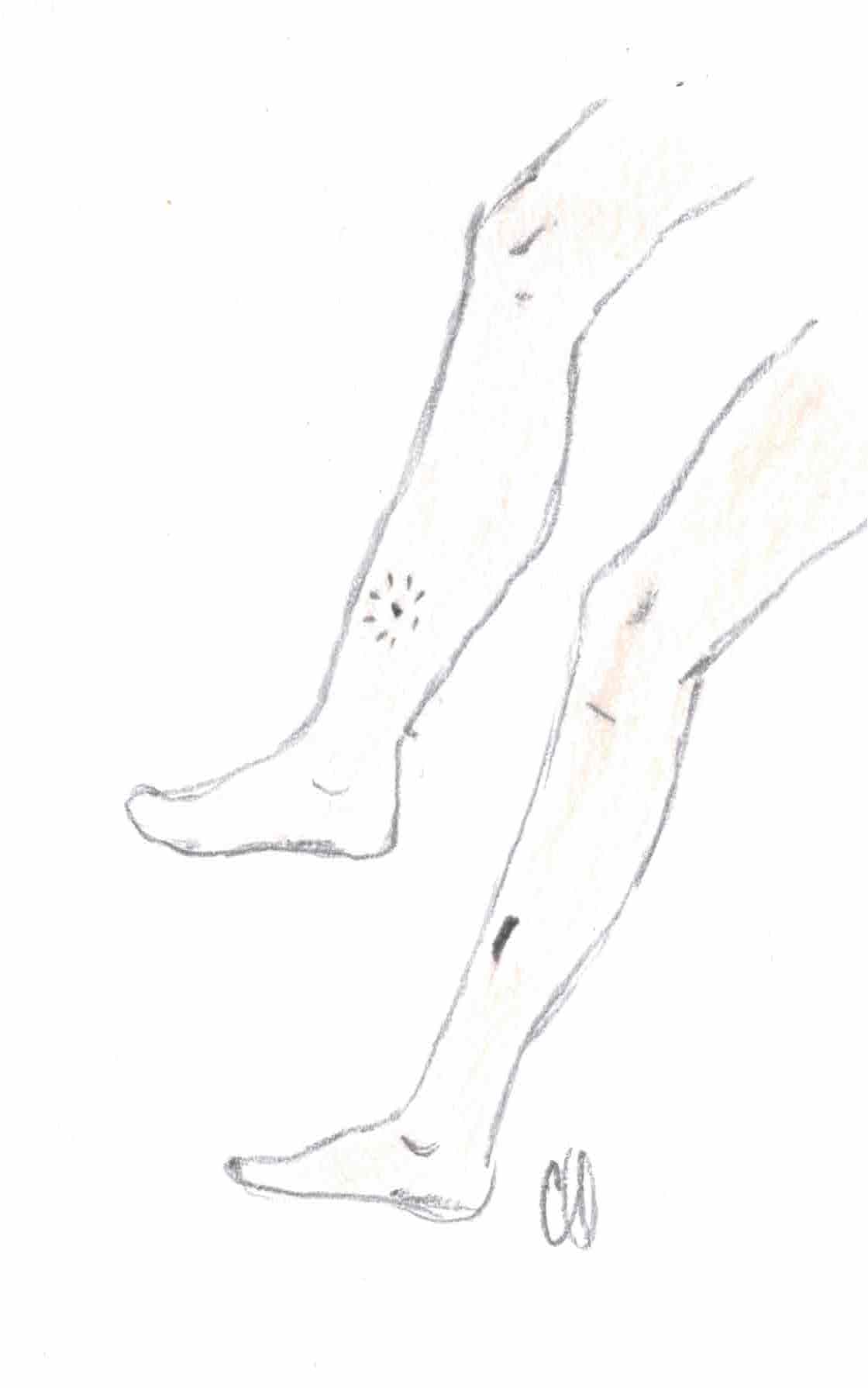 |
| Type II | An open fracture with a wound which is a. > 1cm long b. not associated with extensive soft tissue damage, avulsions or flaps. Infection rate: 2-7% | 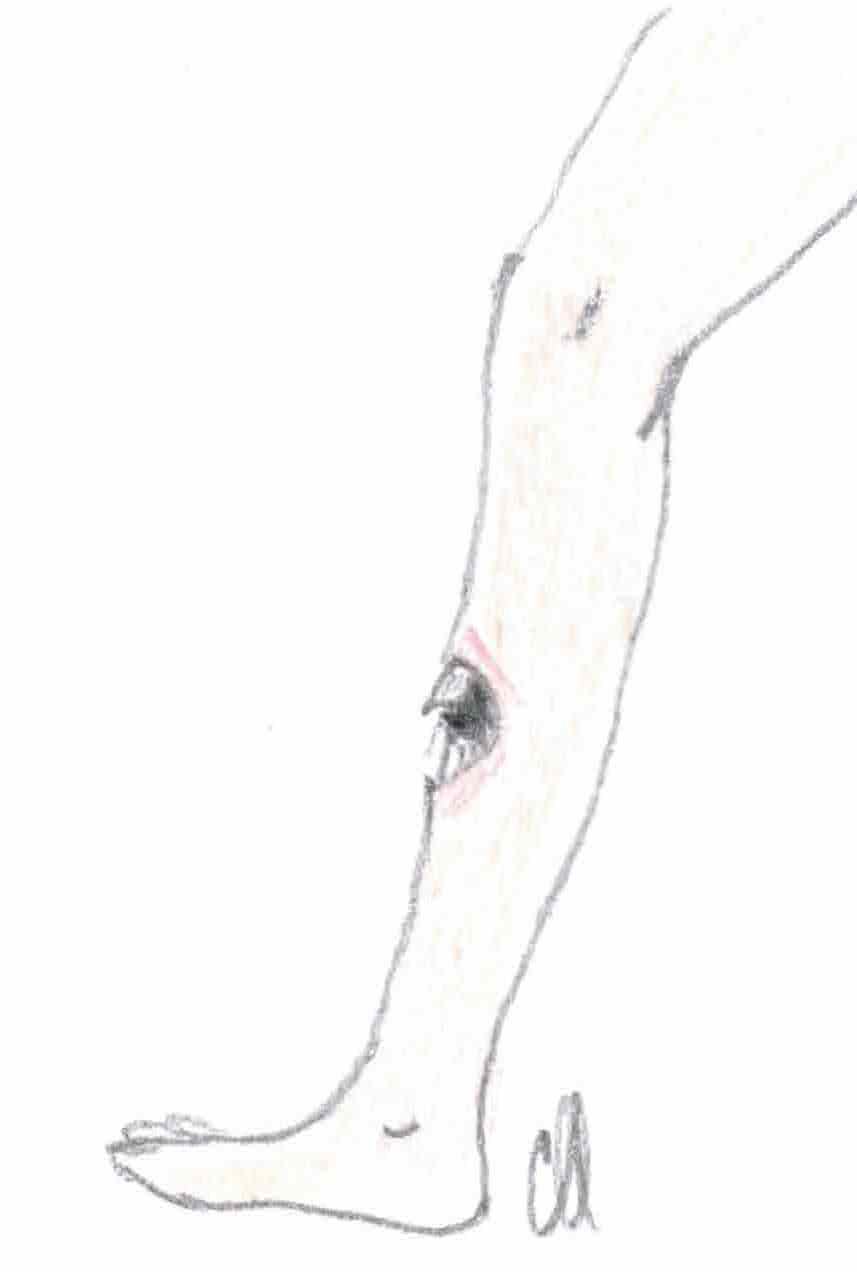 |
| Type IIIa | An open fracture where there is adequate soft tissue coverage of bone in spite of a. extensive soft tissue lacerations or flaps, or b. high energy trauma irrespective of wound size. Infection rate: 7% | 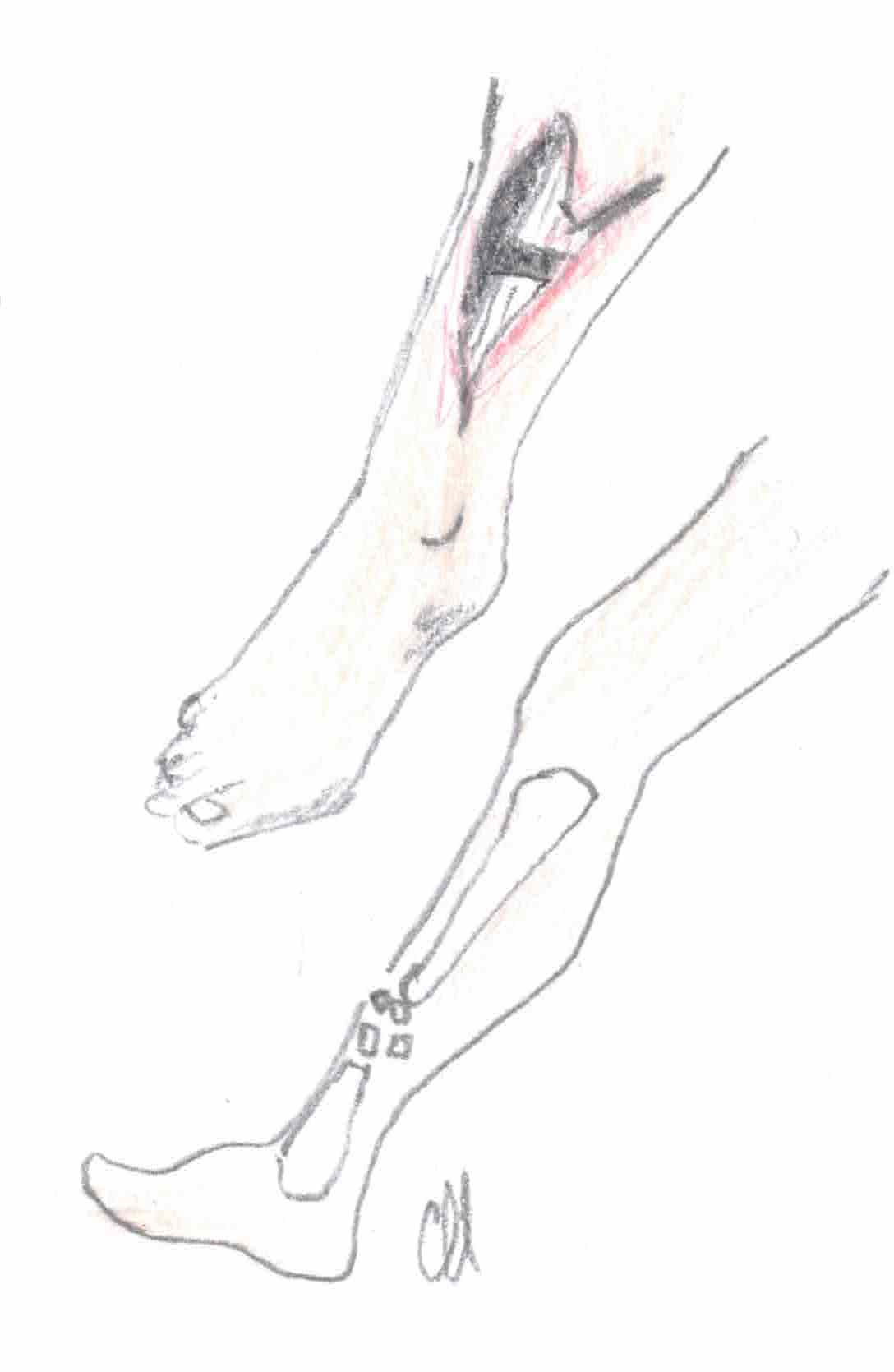 |
| Type IIIb | An open fracture with extensive soft tissue loss, with periosteal stripping and exposure of bone. Massive contamination is usual. Will require flap or graft for closure. Infection rate: 10-50% | 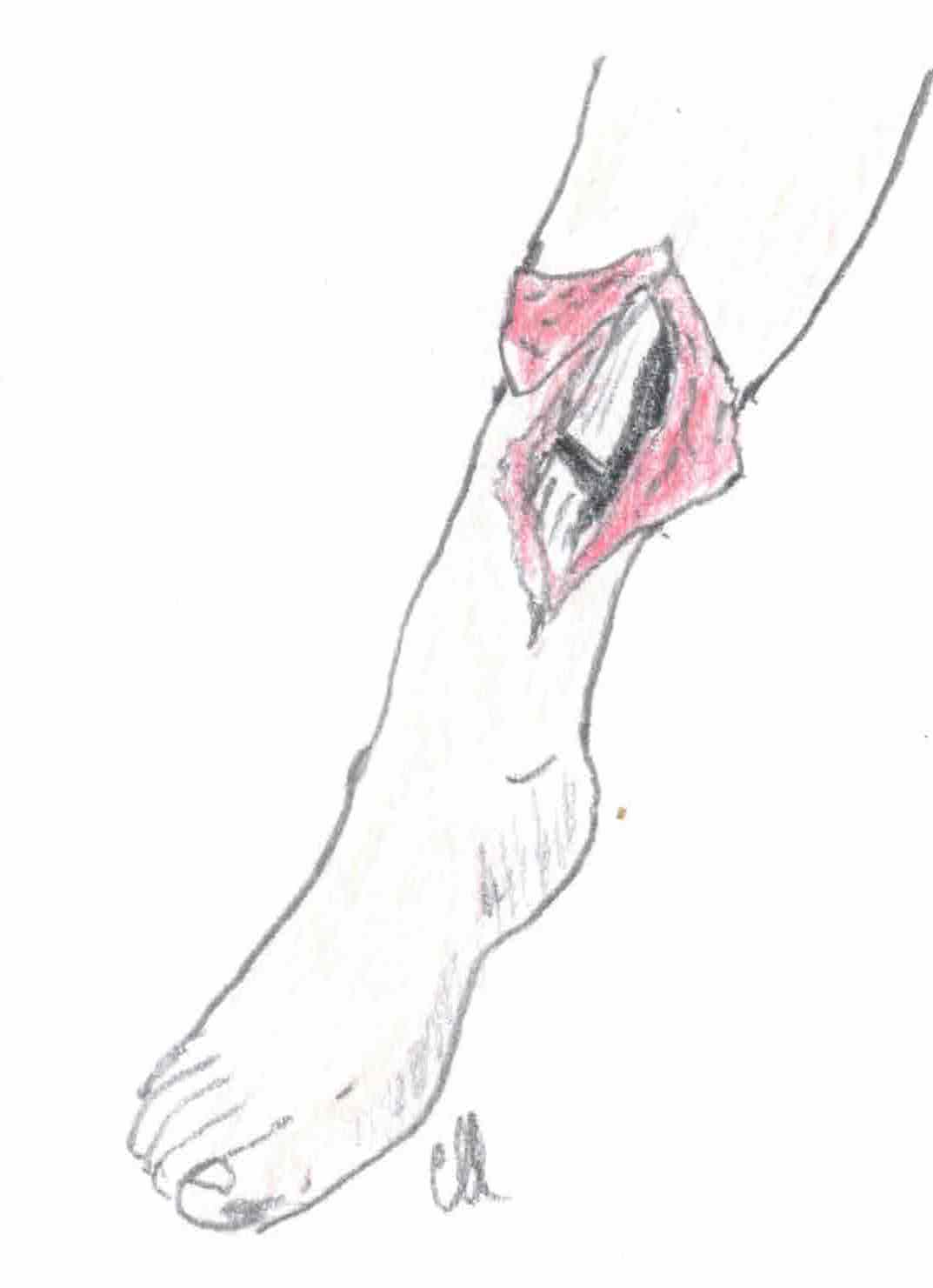 |
| Type IIIc | An open fracture of any size wound associated with arterial injury. Will require vascular repair. Infection rate: 25-50% | 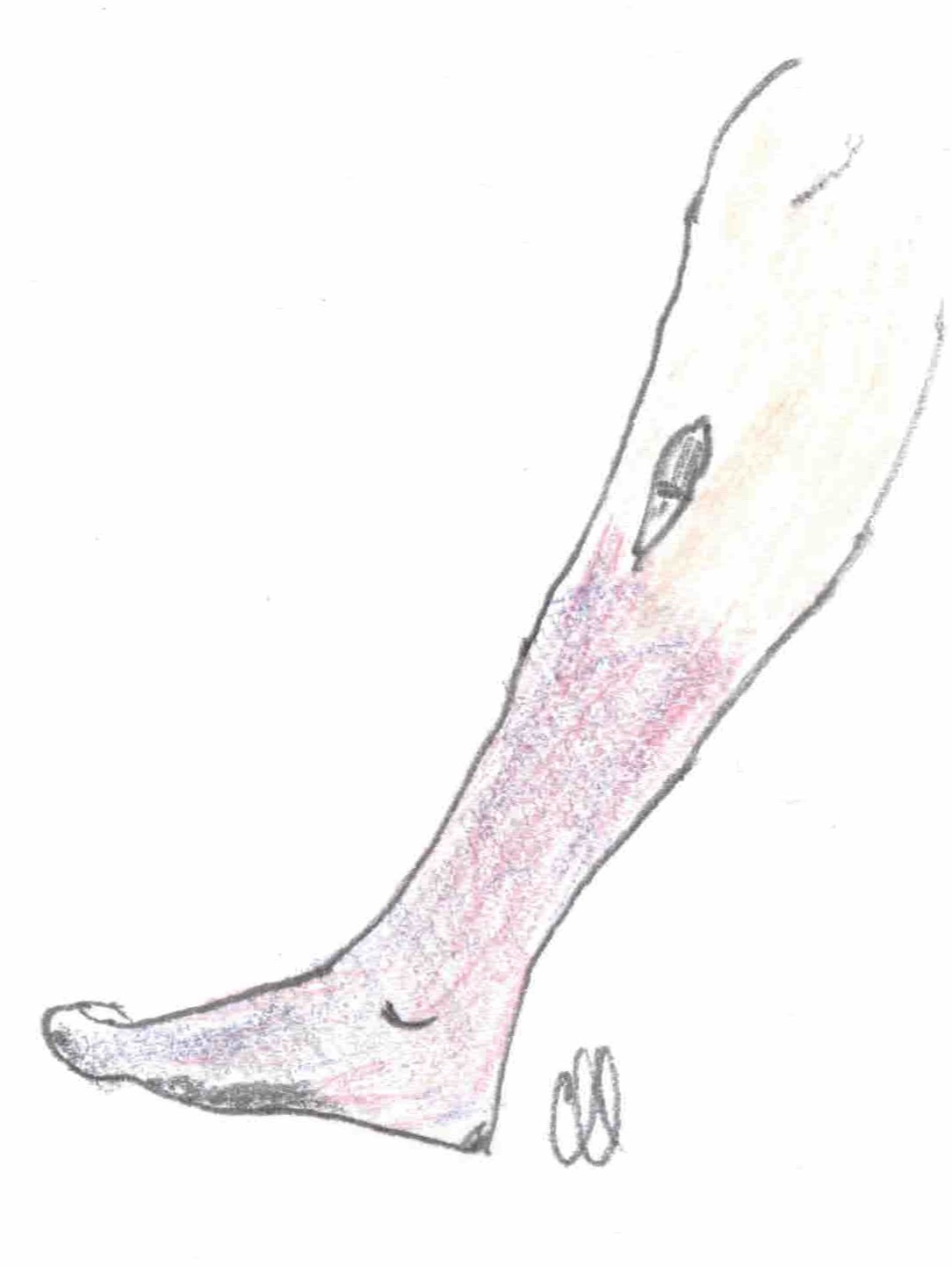 |
References
McRae, R. and Esser, M., 2008. Practical fracture treatment. 5th Ed Edinburgh: Churchill Livingstone.
Kim, P. H., & Leopold, S. S. (2012). In brief: Gustilo-Anderson classification. [corrected]. Clinical orthopaedics and related research, 470(11), 3270–3274. https://doi.org/10.1007/s11999-012-2376-6
Author Contributions
Christopher Mackenzie, Medical student, Western Health 2021
